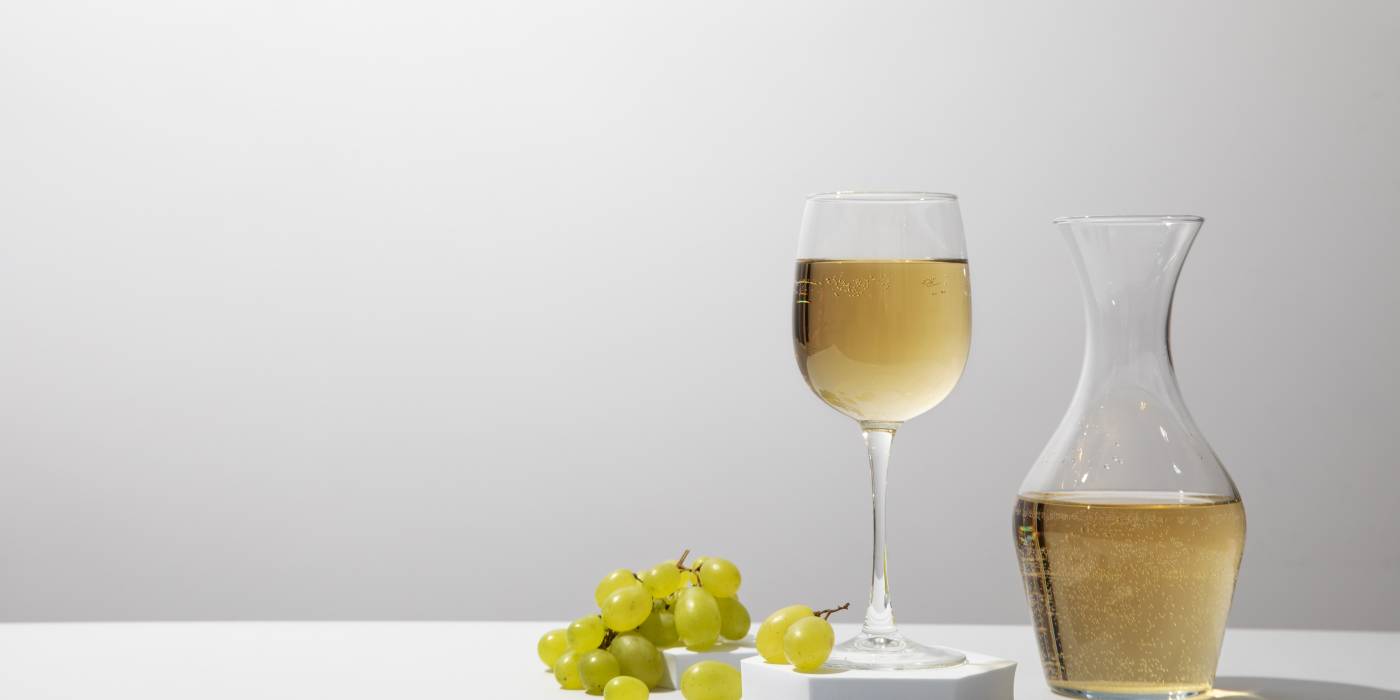As a sommelier, one of my main duties is to try and help customers make the right choice of wine. It could sound quite easy, but it isn’t easy at all. There are several factors to take into account: the type of customer, the occasion the wine is for, their tastes, what it is to be paired with, how much they want to spend, etc.
My job basically consists of subtly trying to find the answers to those questions and then to advise them as best as possible. A lot of the time the problem is that consumers do not really know how to explain which types of wine they like. Today, we are going to try to draw up a quick guide of the different types of white wine that we can find, and I am sure that our tips will make it easier for you to choose the right one.
Let’s start with the most basic and perhaps the most obvious feature, although it sometimes leads to mistakes:
White wine, dry or fruity?
This is perhaps one of the most common questions, but it is a big mistake to try and identify the type of wine by its dryness or fruitiness, as they are not mutually exclusive terms. A wine can be dry and fruity at the same time, and this feature can therefore not be used to rule out one type of wine or the other.
The term “dry” refers to the amount of sugar a wine contains. Wines are classified as follows according to their sweetness:
• Dry wine: less than 5 g/l of sugar.
• Semi-dry wine: between 5 and 15 g/l of sugar.
• Medium sweet wine: between 15 and 30 g/l of sugar.
• Semi-sweet wine: between 30 and 50 g/l of sugar.
• Sweet wine: over 50 g/l of sugar.
Most wines are dry, except for some special types of wine which are usually semi-dry or medium sweet. The rest are easily recognisable because of their sugar content, and we describe them as sweet, while recommending them to drink with the dessert or after dinner drinks.
The term “fruity” refers to the flavours, i.e. wines that have a flowery or fruity taste. They are usually made using Sauvignon Blanc, Muscatel or Malvasia grape varieties.
Therefore, when we use those two adjectives we are not talking about the same properties. The right question to ask would be: “Dry, sweet or slightly sweet?

White wine, young or aged?
This is where one of the main differences lies, and by establishing this, making the right choice will be much easier.
We already know that young wines, whether white, rosé or red, can be aged, usually in barrels, for a longer or shorter period of time depending on the end result we want to obtain. As wines age, they develop certain, more well-defined features. The classification of white wines in Spain depending on their ageing is as follows:
▪ Young (or harvest) wine: is wine that has not been aged at all. It has very primary characteristics, highlighting the flavour of the grapes, without any other process conferring a woody taste. They are usually very fresh, direct and made for drinking immediately.
▪ Oak aged (or semi-crianza) wine: these wines have been aged in barrels for a fairly short period, no longer than 6 months. Therefore, they have some of the properties of young wines, but some hints of wood are noticeable, making them somewhat more complex.
▪ Crianza wine: these wines are aged in barrels for at least 6 months of the 18 months ageing period, after which they are aged in bottles before being marketed. The hints of wood are much more evident and new flavours arise that develop during the period the wine is aged in the bottle. They are usually more full-bodied, are more complex and can evolve and improve further still.
▪ Reserva wine: these wines are aged for at least 24 months, with ageing taking place in barrels for at least 6 months.
▪ Gran reserva wine: in this case, the ageing period is 48 months, and the wine must be aged for at least 6 months in a barrel. The latter two types of wine tend to feature tertiary flavours from the ageing process, which are predominant over the fruit, they are full-bodied and well structured, highly-complex wines.
The periods are approximate, since all Designations of Origin are authorised to change the periods according to the conditions.
Therefore, ageing can be a differentiating factor when choosing the wine that we want for each occasion.
White wine, sparkling or still?
Let us not forget that when we are talking about white wines, we should also include sparkling wines, since they are basically white wines with bubbles. We should not rule them out when thinking about the wine we are looking for.
Factors such as the country, the region, the type of wine-maker, a specific brand, etc., can all affect our choice.
So now you have a quick guide to choose the perfect wine!








